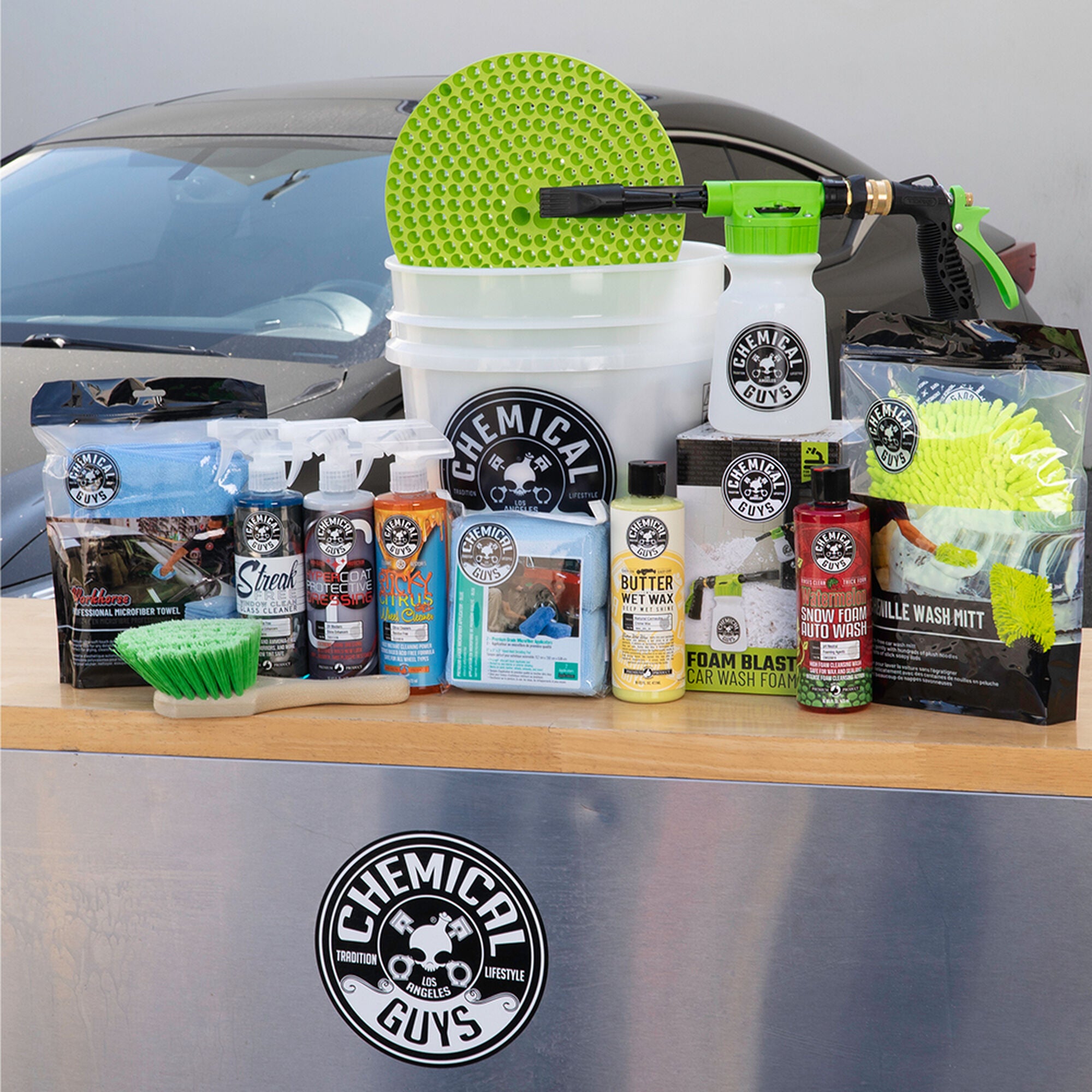Maintaining the pristine appearance of your car is a top priority for any car owner. However, there are various factors that can damage the paintwork, including exposure to certain liquids. In this article, we will delve into the world of automotive paint care and explore the liquid that poses a significant threat to your car's paint job.
Section 1: Understanding Car Paint Composition
To comprehend the impact of different liquids on car paint, it is crucial to first understand the composition of automotive paint. Car paint typically consists of three layers: the primer, the basecoat, and the clear coat. The clear coat, being the outermost layer, provides protection against external elements, including liquids.
Section 2: The Acidic Menace: Bird Droppings
One of the most notorious liquids that can harm car paint is bird droppings. Although it may seem harmless, bird droppings contain uric acid, which can corrode the clear coat and even penetrate the basecoat. If left unattended, it can lead to permanent damage, such as discoloration and etching.
Section 3: The Deceptive Culprit: Rainwater
While rainwater itself is not inherently harmful, it can carry contaminants that pose a threat to your car's paint. Acid rain, for instance, contains pollutants like sulfur and nitrogen compounds that can cause paint oxidation and corrosion over time. Additionally, rainwater can also contain dirt, dust, and minerals that, when left to dry on the surface, can leave behind unsightly water spots.
Section 4: The Misunderstood Foe: Tree Sap
Tree sap may appear harmless, but it can be detrimental to your car's paint. Sap contains sticky substances that can adhere to the surface, making it difficult to remove. Over time, the sap can oxidize and harden, leading to paint damage. Promptly removing tree sap is crucial to prevent long-term harm.
Section 5: The Unseen Danger: Road Salt
In regions where winter brings icy roads, road salt is commonly used to melt snow and ice. However, road salt is highly corrosive and can accelerate paint deterioration. The salt residue can accumulate on the car's surface, causing rust and paint chipping. Regularly washing your car during winter months is essential to remove salt deposits and protect the paint.
Section 6: The Preventive Measures: Safeguarding Your Car Paint
To safeguard your car's paint from the harmful effects of liquids, it is essential to adopt preventive measures. Firstly, regular washing and waxing can create a protective barrier against contaminants. Secondly, promptly removing bird droppings, tree sap, and other liquids can prevent long-term damage. Lastly, parking your car in a covered area or using a car cover can shield it from rainwater and other environmental factors.
Conclusion:
Protecting your car's paint is a vital aspect of car maintenance, and being aware of the liquids that can harm it is crucial. Bird droppings, rainwater, tree sap, and road salt are among the liquids that pose a significant threat. By understanding these risks and implementing preventive measures, you can ensure your car's paint remains in pristine condition for years to come. Remember, a little extra care today can save you from costly paint repairs in the future.

